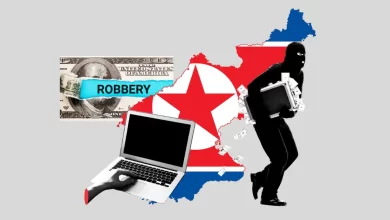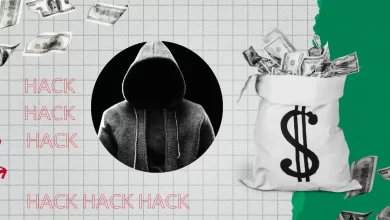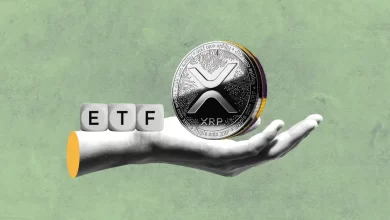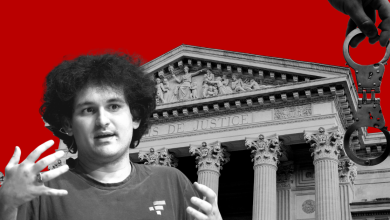Sam-Bankman-Fried Stumbles on Past Statements as Prosecutors Uncover FTX’s Rocky Road to Collapse
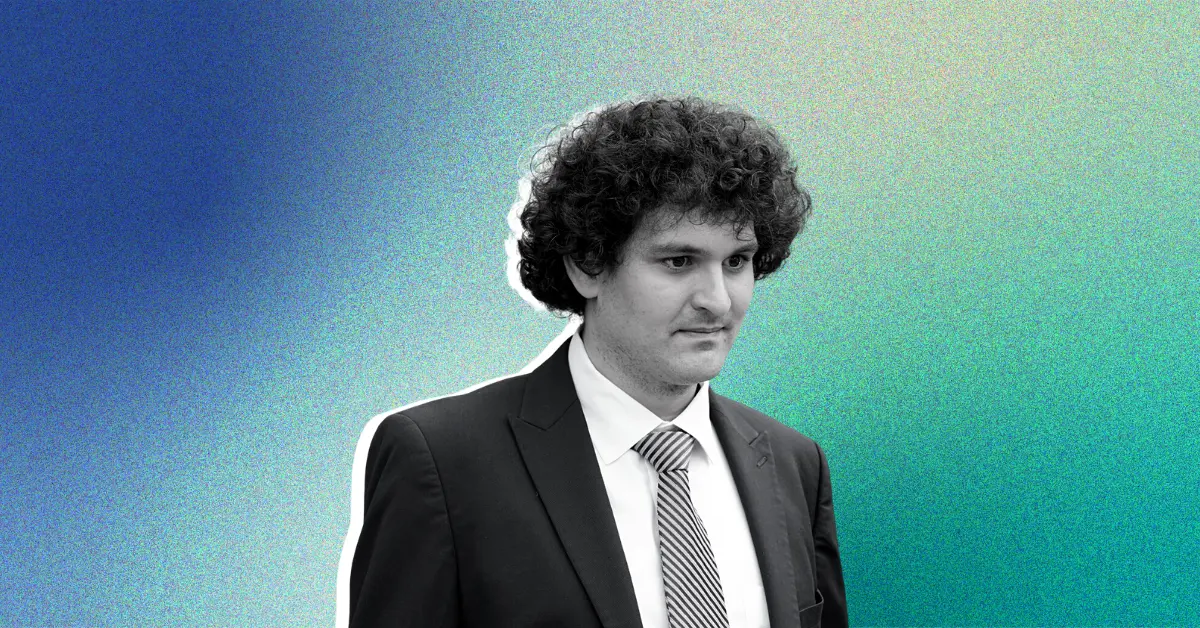
In a recent courtroom drama, the prosecution pored over emails, tweets, interviews, press releases, and congressional testimony concerning FTX and Sam Bankman-Fried, aiming to expose inconsistencies to the jury. Despite claims of robust security and adherence to standard regulations, the prosecution highlighted the gap between Bankman-Fried’s statements regarding FTX’s risk management and his affiliation with Alameda, both before and during the catastrophic fall of the exchange.
Memory Lapses and Evasive Maneuvers: Bankman-Fried’s Struggle Under Oath
Assistant US Attorney Danielle Sassoon took the lead, spotlighting discrepancies in Bankman-Fried’s narrative. Throughout the grilling, Bankman-Fried was frequently ensnared in a fog of forgetfulness, struggling to recall past comments and actions. This was particularly evident when attempts were made to debunk the portrayal of FTX as a bastion of security for investors. A plethora of evidence was laid bare, encompassing congressional testimony, emails, and tweets, which Bankman-Fried found hard to contest due to his shaky recollection.
Bankman-Fried’s oft-repeated phrases of “I don’t recall” and “I am not sure” became the leitmotif of the interrogation, as he dodged direct responses to several inquiries. This evasion caught the ire of Judge Lewis Kaplan, who, at one juncture, urged him to “just answer the question.”
Nevertheless, amidst the barrage of questions, Bankman-Fried did acknowledge his role in spearheading billion-dollar venture investments, a decision he purportedly made independently. He conceded that Alameda had a significant credit advantage over other market players. Yet, when probed about his dominion over FTX and Alameda, he parried with nuanced retorts, delineating the boundaries of his executive powers.
Sassoon highlighted an instance of “backdated documents,” referencing testimony from Nishad Singh, a former FTX official. Singh claimed that Bankman-Fried directed him to retroactively adjust Serum staking fees to bolster the exchange’s revenue to $1 billion. Presented with a document signed on January 1, 2021, Bankman-Fried admitted to signing it later, hinting at a pattern of such behavior.
Bankman-Fried also confessed to his astonishment upon discovering an $8 billion loan from FTX client deposits to Alameda. However, he maintained that the hedge fund possessed sufficient assets for loan settlement, even days before the collapse of both entities.
Behind the Casual Façade: Unveiling the Calculated Image of Bankman-Fried
In a peculiar turn, the prosecution also delved into Bankman-Fried’s sartorial choices, hinting at a crafted image portrayed through his casual attire of T-shirts and shorts. Sassoon inquired if this attire manifested self-aggrandizement, to which Bankman-Fried affirmed, indicating a strategic attempt to shape public perception through his unconventional appearance.
This courtroom episode casts a long shadow on Bankman-Fried’s tenure at FTX and Alameda, leaving the jury and the public with a labyrinth of questions awaiting elucidation.



